|
Elam stretched from Anshan to Susa, from present day Fars to Khuzestan. Almost all the techniques that form the civilized societies, such as architectural innovations, metallurgy and geometry, invention of wheel and written& were developed in Mesopotamia, in Iran. Elam in the period thirteenth to twelfth century BC, under its most powerful king Untash Naperisha, reached its zenith. He made a holly city called Door Untash, from present day Chogha Zambil.
|
 |
|

|
Second face:
In 559 BC, Cyrus unified the Medes and Persians and initiated what had never been achieve before, the first tolerant world empire. The greatest symbol of Persian tolerance is evident in Cyrus Cylinder and inscription found in 1 879 at Babylon. The most brilliant Achaemenid king in administration was Darius the great who brought the empire to its pinnacle. Unfortunately, in 330 BC, Persepolis, the capital city of Achaemenid Empire, was destroyed by Alexander.
|
|
Third face:
![]() Only seven years after fall of Persepolis, Alexander died at 323 BC, and his successor known as the Seleucids rules over Iran for more than a century. Eventually the Parthians draw the Seleucids out of the Iranian territories and rule for almost four centuries. The earliest Iranian contact with Christianity toke place during this era. The Parthians were eventually challenged by an ambitious and powerful king governor, Ardashir Bapakan. In 224 AD, Ardashir established the new Sassanid Dynasty. It was the time that Zoroastrianism was the religion of the time. Sassanid kings were known as the city builders. Only seven years after fall of Persepolis, Alexander died at 323 BC, and his successor known as the Seleucids rules over Iran for more than a century. Eventually the Parthians draw the Seleucids out of the Iranian territories and rule for almost four centuries. The earliest Iranian contact with Christianity toke place during this era. The Parthians were eventually challenged by an ambitious and powerful king governor, Ardashir Bapakan. In 224 AD, Ardashir established the new Sassanid Dynasty. It was the time that Zoroastrianism was the religion of the time. Sassanid kings were known as the city builders.
|
 |
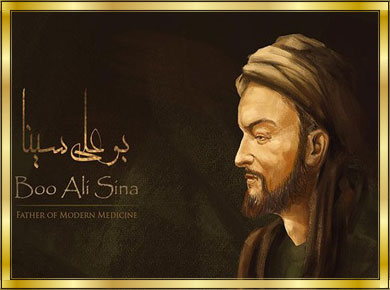 |
Fourth face:
This is the period for the rise of Islam to the end of Sassanid Empire in 632 - 651. Iranian Muslims in this period became prominent figures in medicine and other disciplines, but the greatest of these figures were Razi and Ali Sina. Some of these figures introduce some aspects of science to Europe and the world.
|
|
Fifth face:
The Iranian play the major role in the development of Islamic civilization,yet they preserve much of their cultural heritage including the Persian language. As a result, by the second half of the nine century, a number of local dynasties emerge in eastern part of Iran. This trend continued even when the Seljuqs push through Iran in the 11century. Two centuries before the first European university was founded, Nezam ol Molk, for the first time, established universities with the unique campus system at Nishabur, Isfahan and other major cities. Also, in this period, Persian poetry is unique in the world for its depth, richness and creativity. The greatest monument of Persian epic poetry is Firdausi's masterpiece, Shah Name or book of kings. We can mention Hafez, Saadi,Nezami and so many others as the famous poets in this period.
|
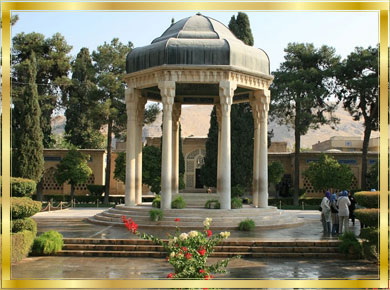 |
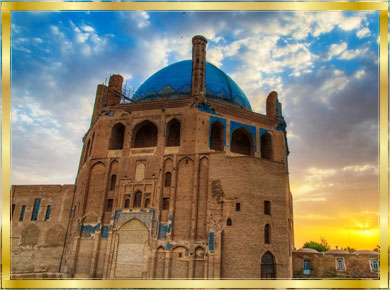 |
Sixth face:
In 13th and 1 4th, Changes Khan's forces, known as the Mongols, almost destroyed the artworks, culture and the nature of Iran, but Iran is still alive. The Mongols gradually turned into Islam which became the official religion of the next ruling dynasty, known as llkhanids. According to the studies by an Italian team headed by the professor Pierro San Pauleizi from the university of Florance, the plan and structure of the great dome at Soltanieh, llkhanids' capital city, has had a directing pact on the design and construction of the church of Santa Maria Del Fiore in the city of Florence.
|
|
Seventh face:
At the beginning of 1 6 century, the first Safavid king gradually gain control over Iran. The most distinguished of the Safavid rulers was Shah Abaas came to the throne1587. The Safavid rule was manifested by two important developments: first, the reemergence of the nation state as the core of the Empire. Second, the consolidation of Shi'ite Islam as the national religion of the country. During the reign of Safavid kings, 1 4 churches including the famous Vank Cathedral were built in Safavid capital city in Isfahan.
|
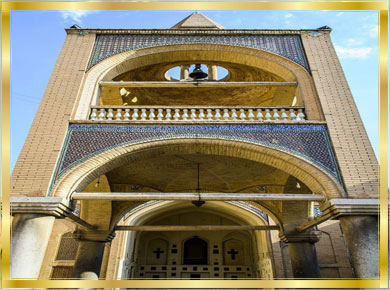 |
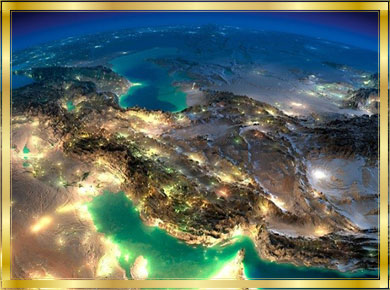 |
Two years later Russia and Turkey, taking advantage of the confusion within Iran, concluded an agreement for its dismemberment. Within those provinces not seized by the two powers, an Iranian national army was formed under a warrior chief who drove out the Afghans in 1 729 and ascended the throne in 1 736 as Nader Shah. His death in 1 747 was followed by a period of relative peace and prosperity duringthe Zand dynasty, which ended in 1794, when Aqa Mohammad Khan, a cruel ruler, proclaimed himself Shah and founded the Qajar dynasty, which lasted from 1 794 to 1 925. Mohammad Khan was succeeded in 1 797 by his nephew Fath-Ali Shah, during whose reign the British were allowed to extend their influence over Iranian trade and finances.
Reza Khan Pahlavi,commander of an Iranian Cossack force, became prime minister in 1 923. He was succeeded by his son, Mohammad Reza Pahlavi who ruled Iran for over 38 years, until the victory of the Islamic Revolution in January 1 979.
Iran has an area of about 630.000 miles, roughly three times the size of France. It is bordered by Iraq on the west, Turkey on the north-west, Armenia, Azerbaijan, Turkmenistan and the Caspian Sea to the north, Afghanistan to the east and Pakistan to the south-east.
The official language of Iran is Modern Persian, one of the lndo-lranian languages, a subfamily of the lndo lranian languages. The official religion of Iran is the Shi'ite branch of Islam, which is followed by more than 95 percent of population.
|